The forewings are charcoal grey-brown in colour with wavy creamy white markings. The females are much larger than males.
The adults are incapable of feeding. They fly at night and are attracted to light. The caterpillars can be found from April to June feeding at night and resting on twigs or bark during the day before they pupate under bark or among plant debris. They overwinter as eggs on the foodplant.
Size and Family
- Family – Eggar moths (Lasiocampidae)
- Medium Sized
- Wingspan Range – 30-44mm
Conservation status
- UK BAP: Not listed
- Common
Caterpillar Food Plants
Broadleaved trees including oaks, birches, elms, hawthorns, Blackthorn (Prunus spinosa), poplars and sallows
Habitat
Mainly found in woodland but also scrub, hedgerows and established gardens
Distribution
- Countries – England, Wales and Scotland
- Common. Well distributed over much of lowland England, Wales, Scotland and Ireland. Local and rare on Guernsey.
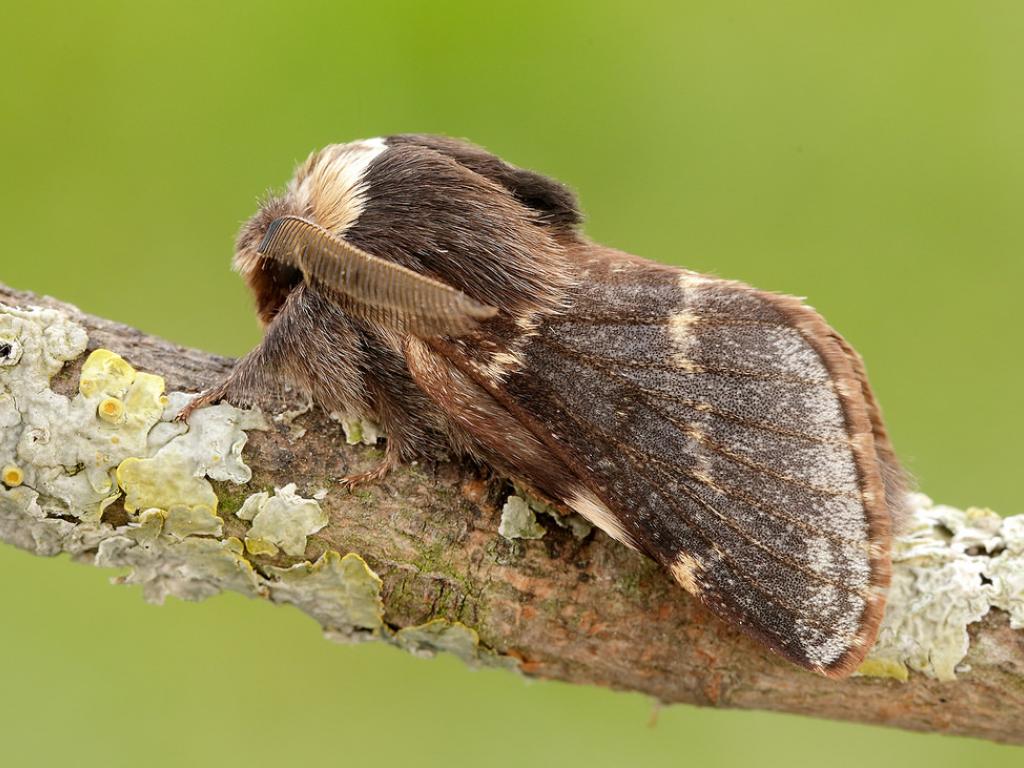
Iain H Leach
December Moth
Iain H Leach
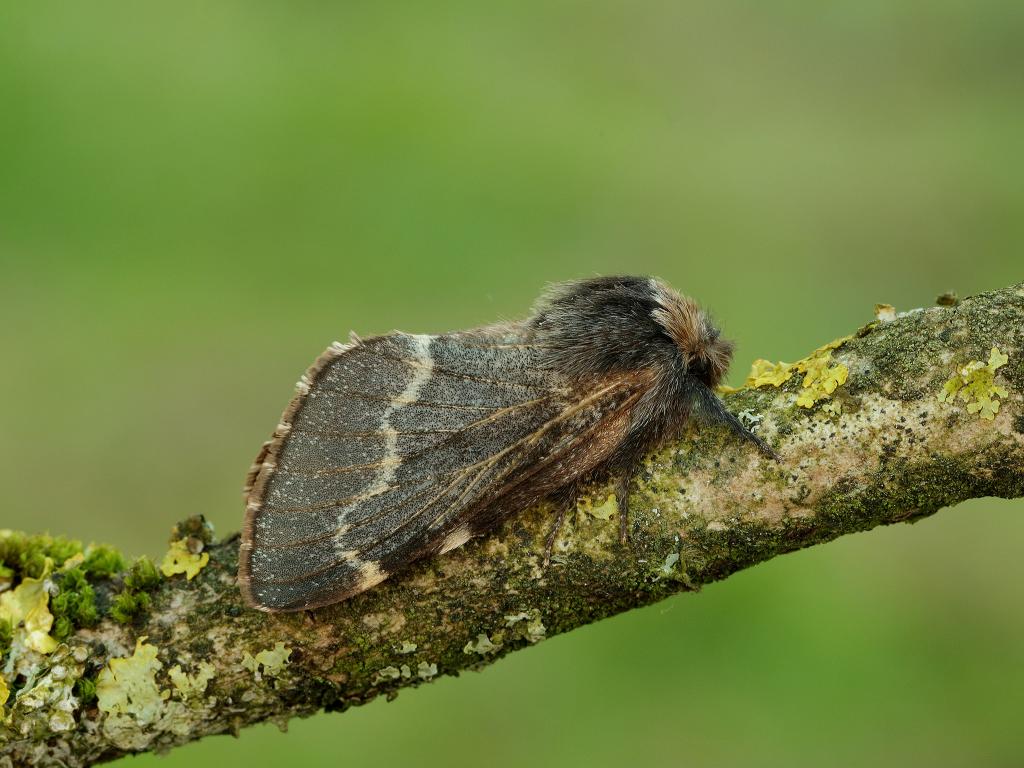
Iain H Leach
December moth
Iain H Leach
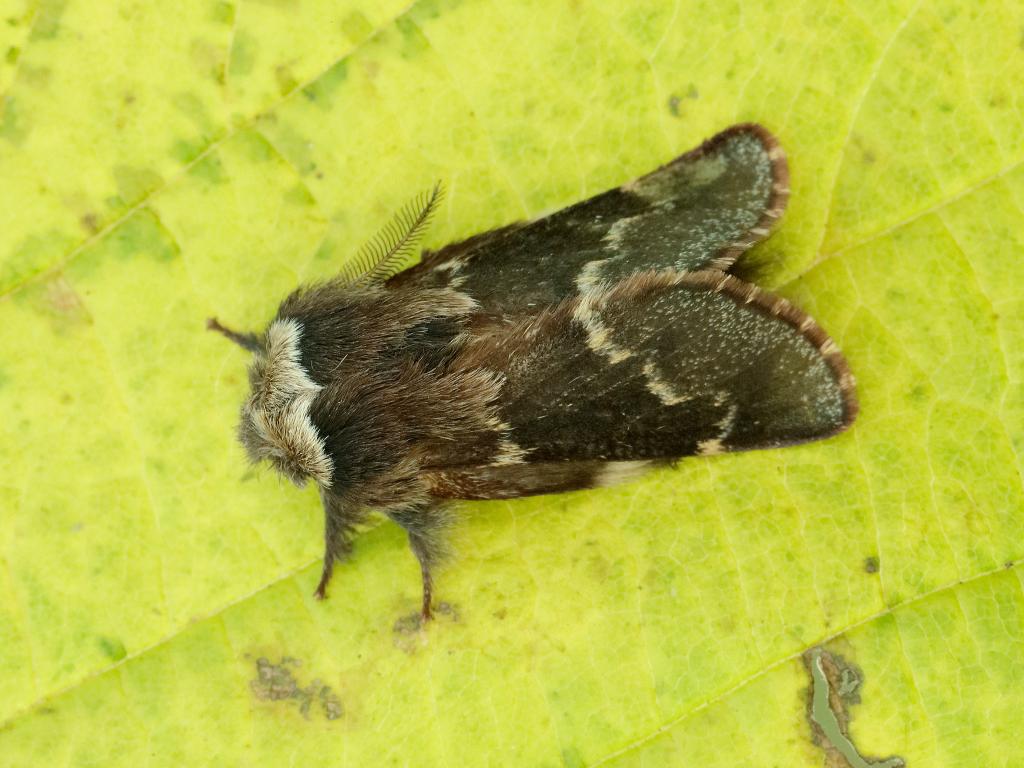
Iain H Leach
December Moth
Iain H Leach
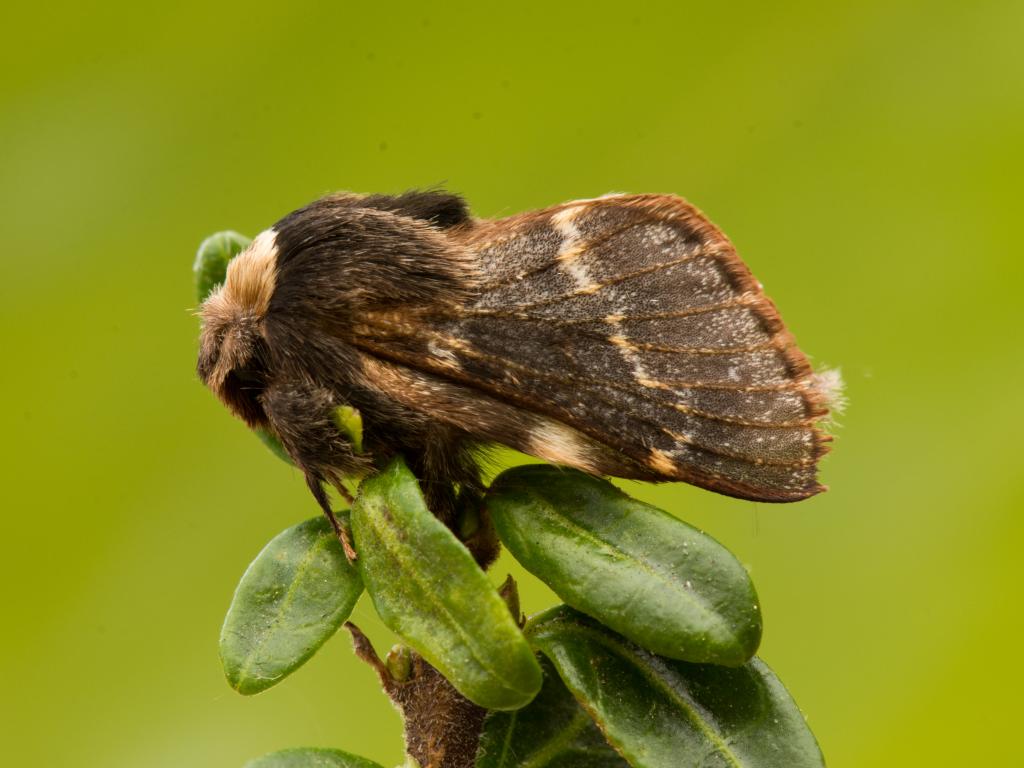
Koen Thonissen
December Moth
Koen Thonissen
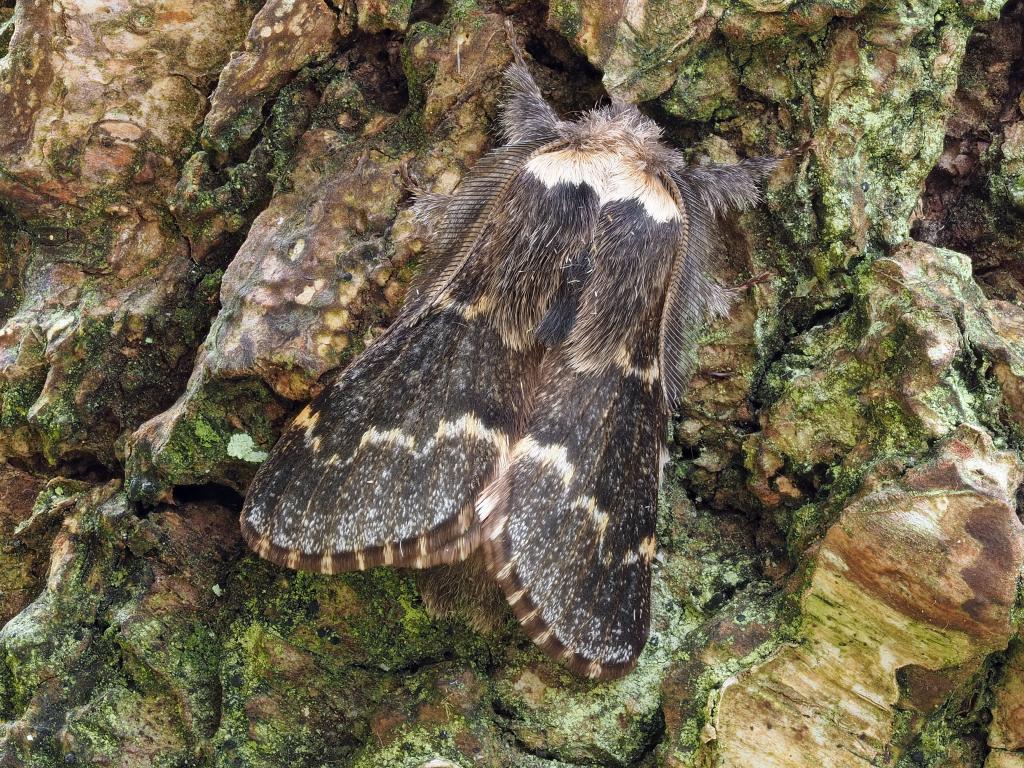
Clive Jones
December Moth
Clive Jones
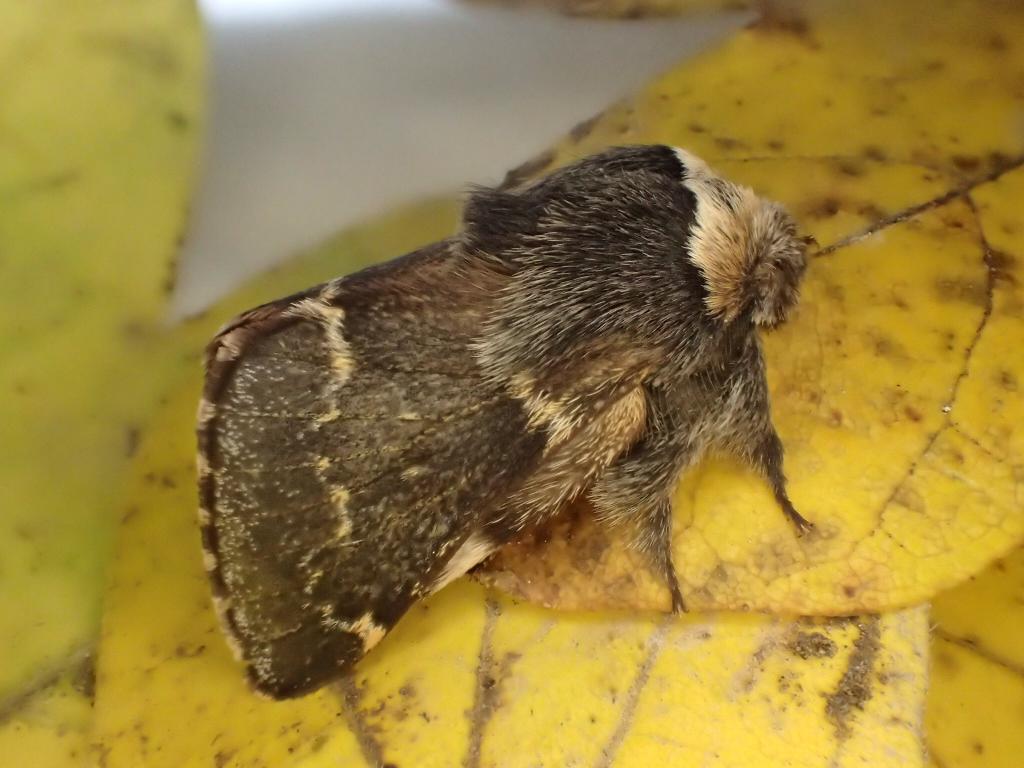
Dave Shenton
December Moth
Dave Shenton
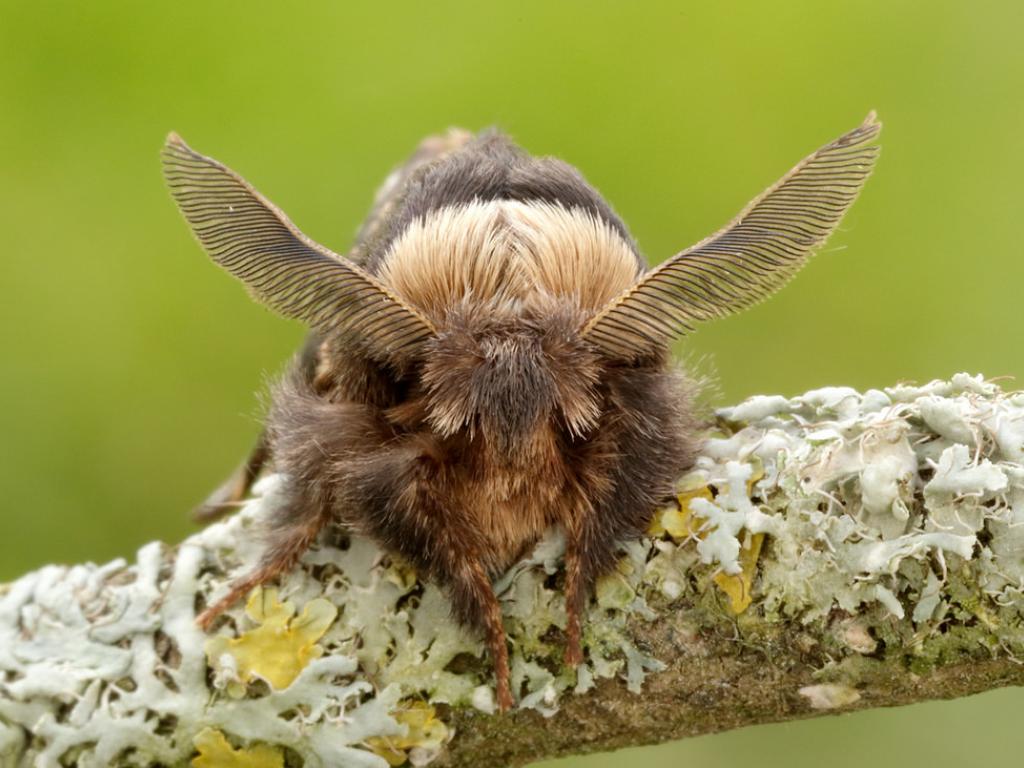
December Moth (head on) by Iain H Leach
December Moth (head on)
December Moth (head on) by Iain H Leach
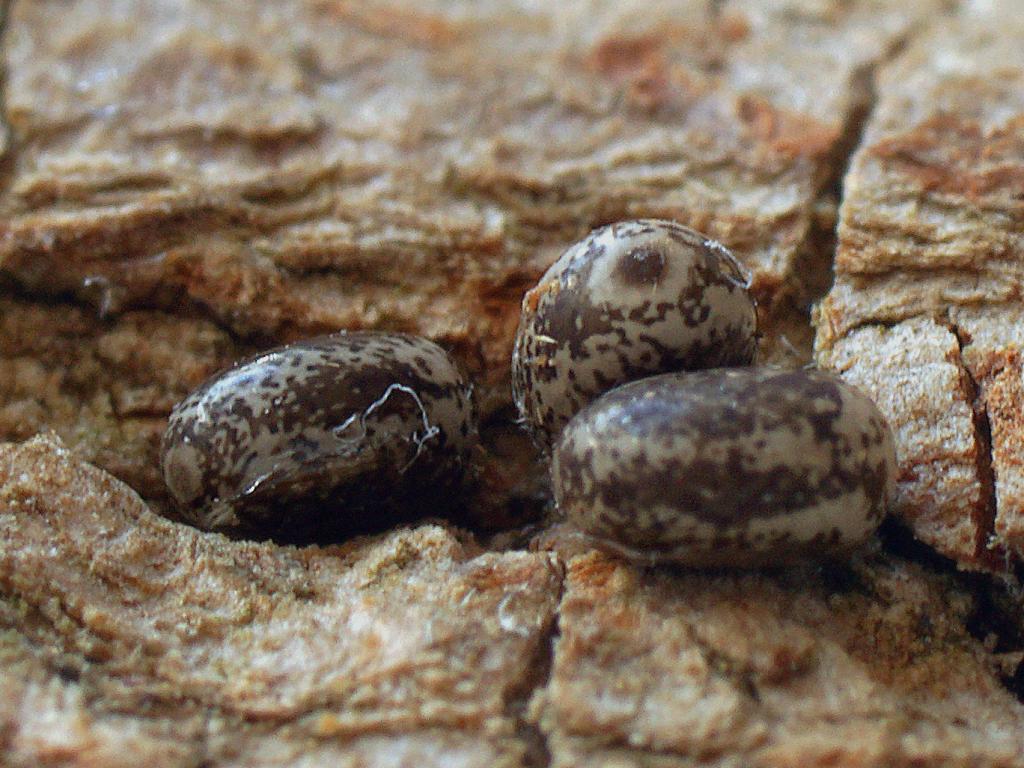
December moth (eggs) - Ilia Ustyantsev
December moth (eggs)
Ilia Ustyantsev
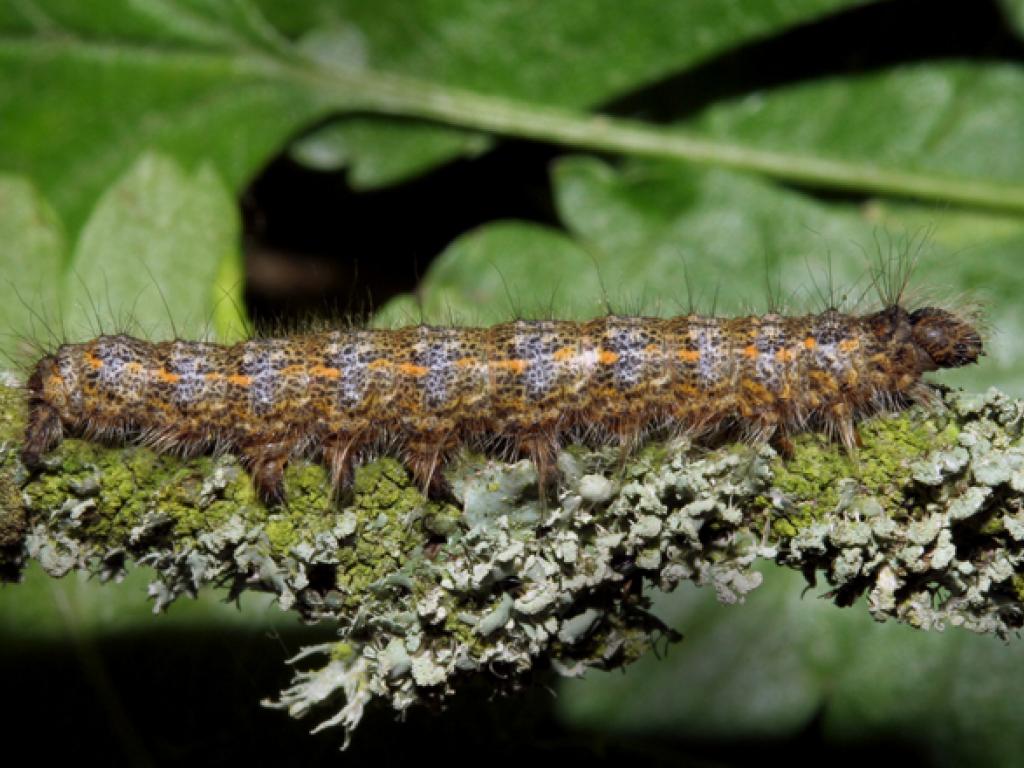
December Moth (caterpillar) - David Green
December Moth (caterpillar)
David Green
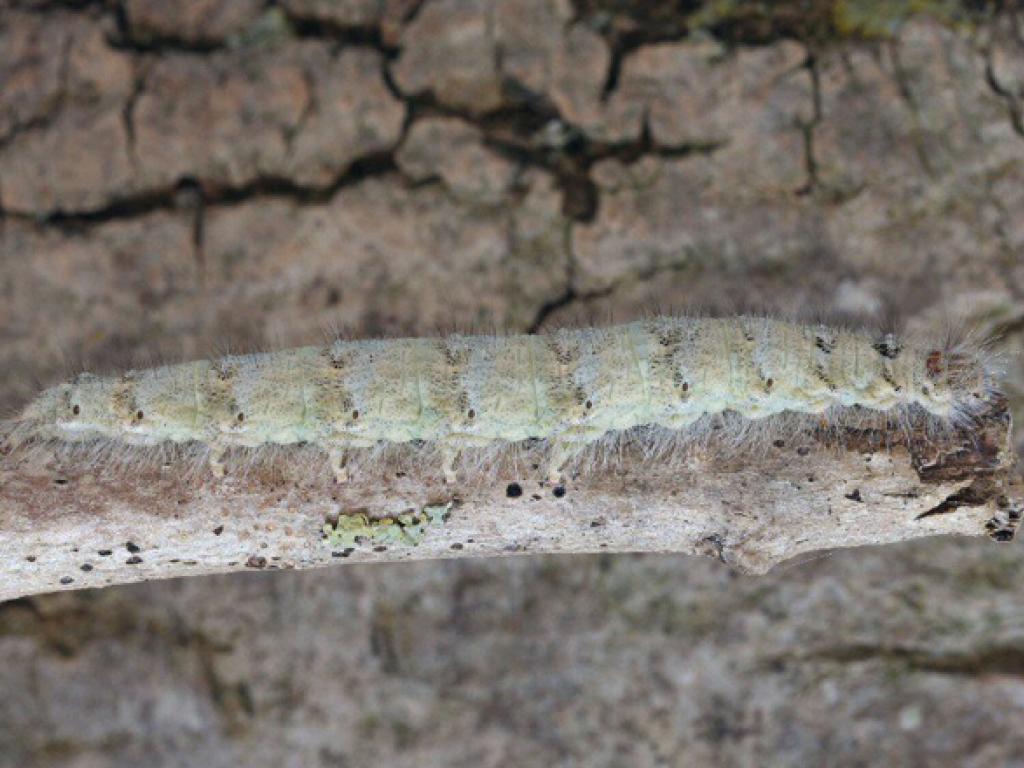
December Moth (caterpillar) - Dave Green
December Moth (caterpillar)
Dave Green
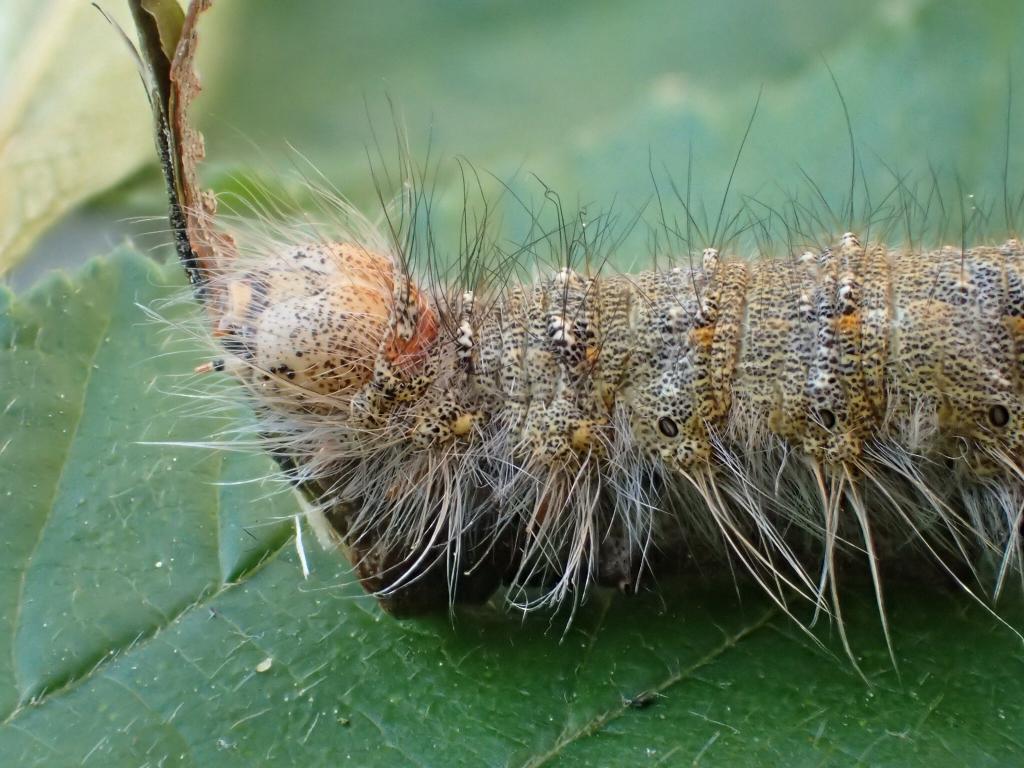
December Moth (caterpillar) - Dave Shenton
December Moth (caterpillar)
Dave Shenton
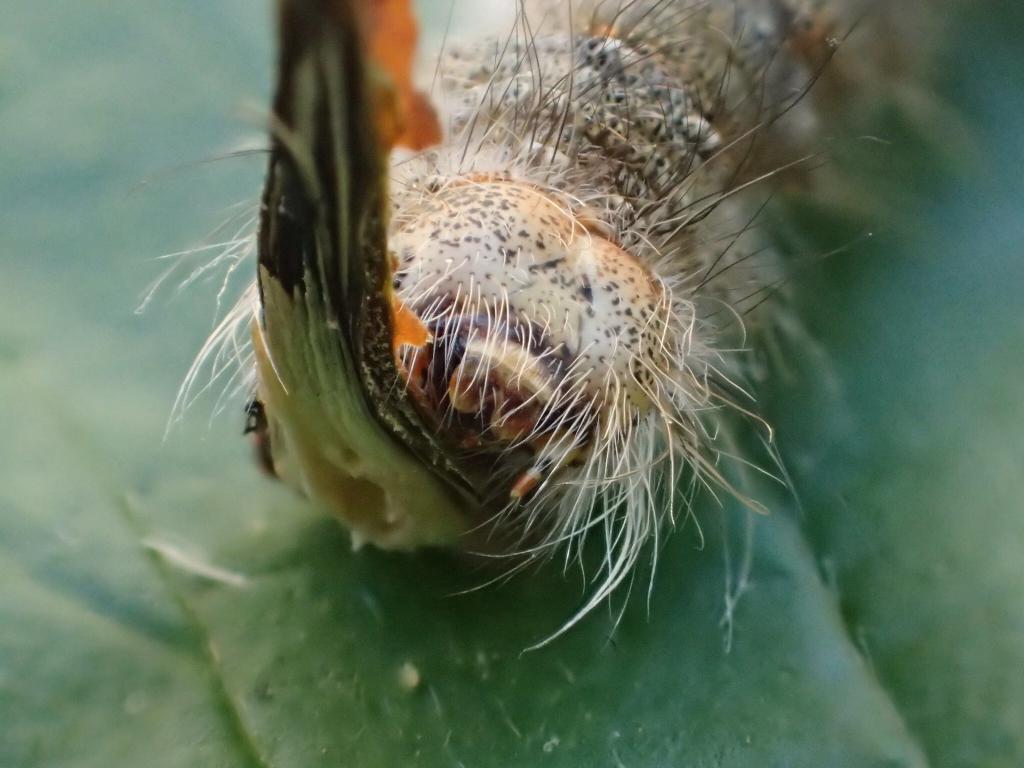
December Moth (caterpillar) - Dave Shenton
December Moth (caterpillar)
Dave Shenton

